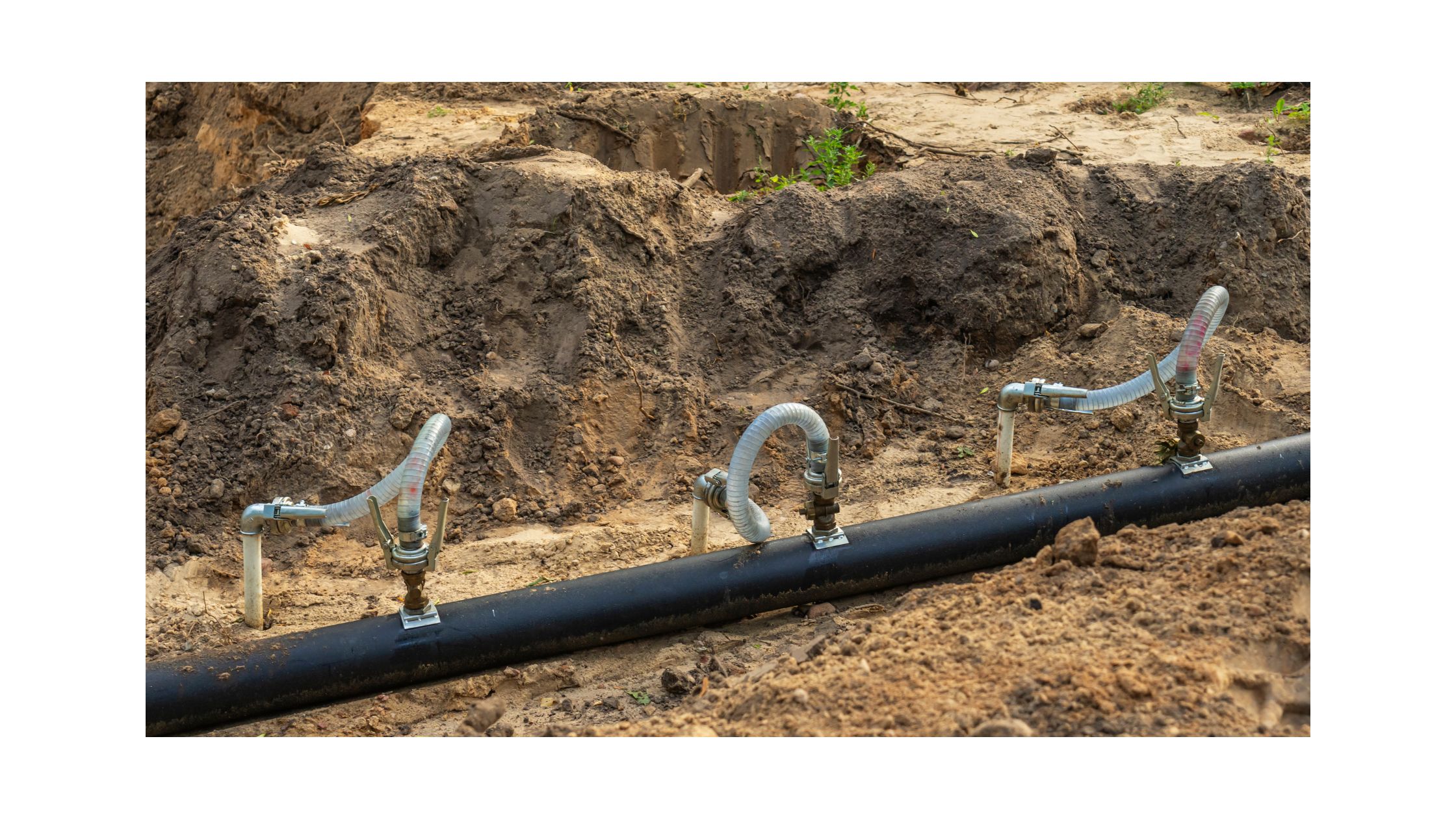In the intricate tapestry of urban development and infrastructure, one often underappreciated yet vital aspect is the groundwater drainage system. This unsung hero plays a pivotal role in maintaining the equilibrium of our surroundings, ensuring that excess water is efficiently managed, and preventing flooding, erosion, and other environmental hazards.
The Silent Challenge: Water Accumulation
Imagine a scenario where heavy rainfall inundates the streets, parks, and open spaces, creating pools of stagnant water. This not only disrupts daily life but also poses a threat to the structural integrity of buildings and roads. Here is where a well-designed groundwater drainage system comes into play, acting as the silent guardian against water accumulation.
The Anatomy of a Groundwater Drainage System
At its core, a groundwater drainage system is a network of channels, pipes, and basins strategically designed to collect and redirect excess water away from vulnerable areas. It’s a sophisticated dance of engineering and environmental consciousness, ensuring that water is not just displaced but also treated responsibly.
Preventing Urban Flooding
Urban areas often face the brunt of intense rainfall, and without an efficient groundwater drainage system, the consequences can be disastrous. Flooded streets, damaged infrastructure, and compromised safety become real threats. A well-planned drainage system acts as a buffer, swiftly guiding excess water away and mitigating the risk of urban flooding.
Erosion Control: Preserving Landscapes
Beyond the urban landscape, the impact of water runoff on natural terrains cannot be ignored. Unchecked water flow can lead to soil erosion, threatening the stability of hillsides and compromising the integrity of ecosystems. A robust groundwater drainage system, however, becomes a guardian of landscapes, preserving the earth beneath our feet.
Sustainability in Design
The modern ethos of infrastructure development emphasizes sustainability, and groundwater drainage systems are no exception. Incorporating green spaces, permeable surfaces, and natural filtration mechanisms, these systems not only manage water effectively but also contribute to the overall health of the environment. It is one of the significant reasons most homeowners consider an efficient groundwater drainage system in Longview, TX, for their property.
Challenges and Innovations
As urbanization progresses, so do the challenges associated with groundwater management. Climate change brings about unpredictable weather patterns, necessitating innovative solutions. Engineers and environmentalists are exploring advanced technologies, such as smart drainage systems and real-time monitoring, to enhance the efficiency of groundwater drainage.
Community Engagement: A Shared Responsibility
The effectiveness of a groundwater drainage system is not solely dependent on engineering marvels; community awareness and engagement play a crucial role. Understanding the importance of responsible water disposal and minimizing pollution are key aspects of ensuring the long-term success of such systems.
Nurturing the Earth Beneath!
In the grand scheme of urban planning, the groundwater drainage system emerges as a silent force, working diligently to preserve the integrity of our landscapes. As we navigate the complexities of sustainable development, let us not overlook the significance of this underground hero, ensuring that our cities and natural environments stand resilient against the forces of water.
The synergy between engineering prowess, environmental consciousness, and community involvement is the key to nurturing the earth beneath our feet.


